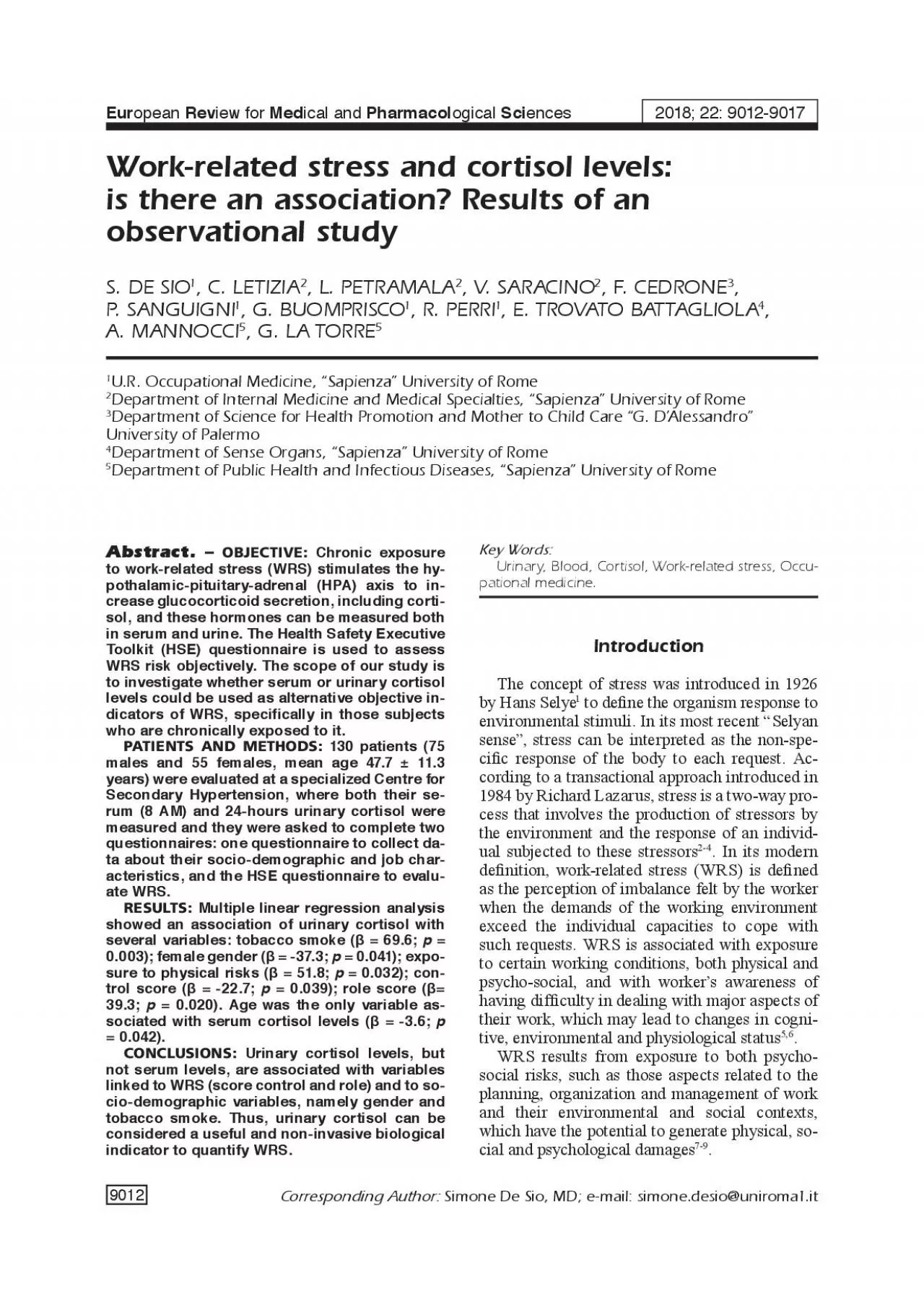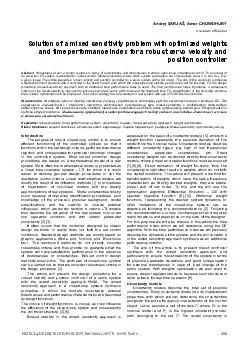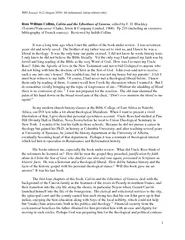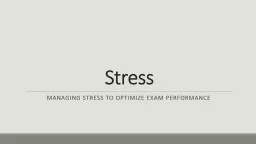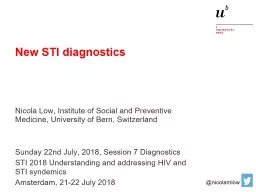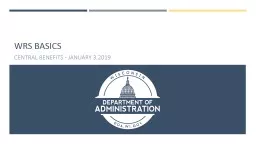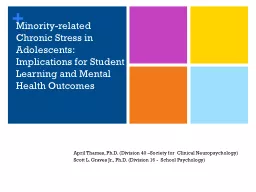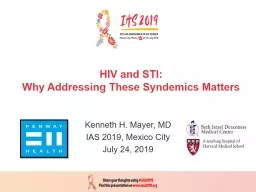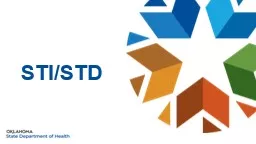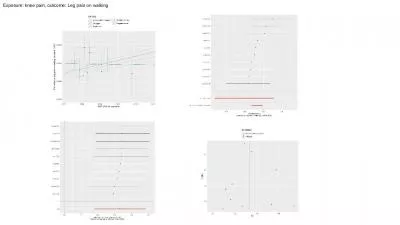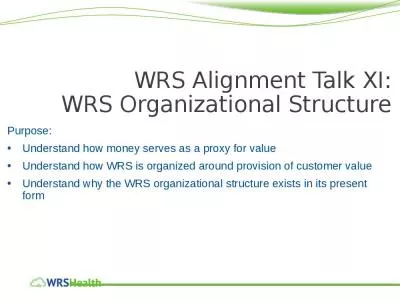PDF-Abstract OBJECTIVE Chronic exposure to workrelated stress WRS sti
Author : harmony | Published Date : 2022-08-25
9012 Key WordsUrinary Blood Cortisol Workrelated stress Occupational medicineIntroductionThe concept of stress was introduced in 1926 by Hans Selye to dex00660069ne
Presentation Embed Code
Download Presentation
Download Presentation The PPT/PDF document "Abstract OBJECTIVE Chronic exposure to w..." is the property of its rightful owner. Permission is granted to download and print the materials on this website for personal, non-commercial use only, and to display it on your personal computer provided you do not modify the materials and that you retain all copyright notices contained in the materials. By downloading content from our website, you accept the terms of this agreement.
Abstract OBJECTIVE Chronic exposure to workrelated stress WRS sti: Transcript
Download Rules Of Document
"Abstract OBJECTIVE Chronic exposure to workrelated stress WRS sti"The content belongs to its owner. You may download and print it for personal use, without modification, and keep all copyright notices. By downloading, you agree to these terms.
Related Documents

